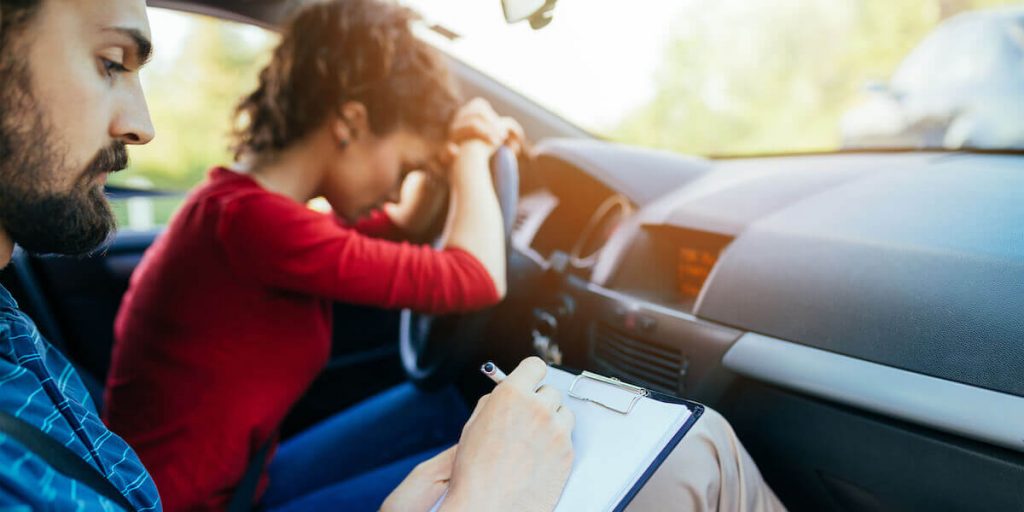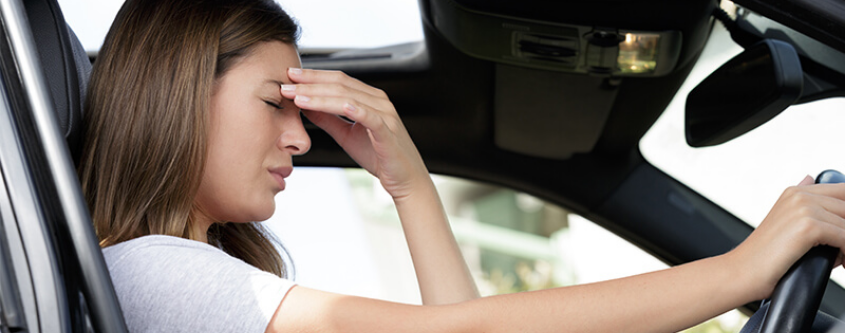10 Best Practical Driving Tips for safety
By Madinah on Jan 17, 2021Driving on roads demands safety and it is only possible if you follow the traffic rules, road signs, and driving laws. Apart from obeying all the laws, you must work on yourself and must train harder to make yourself able to drive any vehicle safely without being a threat to the other road users. Where driving for the first time is thrilling, it is also frightening.
Even if you are an experienced driver, the following tips will help you drive more safely and carefully.
Pay Attention To The Road Signs And Traffic Signals
All drivers are advised to develop a full understanding of all the important traffic signboards, especially the safety and warning signs. If you are driving in another state, read its handbook before going on a drive. Besides, as per the traffic rules, you are obliged to follow all road signs to offer yourself and others safety. Never cross the red light or you will be having the chance of collision. Else, you will be heavily fined. As the law states, the driver must give a way to the car with a siren or flashing emergency lights, instead of speeding high.
Always Keep A Safe Distance
One of the easiest ways to avoid accidents is to maintain a reasonable distance from the car ahead. Known as "cushion", the distance between two cars must not be less than 2-seconds. In case of harsh, rainy, stormy, or snowy weather and slippery roads, try prolonging the cushion/distance up to 4-seconds.
Speed Up The Vehicle Gradually
Whenever a person hits the road, he/she will always feel the urge to put a foot right away on the accelerator and race high. It might be thrilling but also extremely dangerous. No matter if you are cruising alone on empty roads or driving with passengers on a crowded block, NEVER LOSE YOUR CONTROL TO THE SPEED.
Train yourself to have strong self-control because it will let you have better control over the engine. Starting from slow rolling speed ease into higher speeds.
Obey The Speed Limits
The experienced drivers think that they do not have to follow the safety rules because they can handle everything but that is not the true case. You might be tempted to push beyond the limits but always adhere to the posted speed limit. Besides, speeding tickets are highly expensive. In the worst case, you can lose your driver’s license.
Good Use Of Headlights
Do you use headlights all the time, all night, and all day? You should not. The use of headlights is not necessary, not even in the night time. If you use high beam lights, it will blind the upcoming vehicle and can cause a crash. Depending on the weather, the driver must keep the headlamps and rear-lights on during rain, snow, hail, and fog.
No Hard Brakes
Where high acceleration is risky, braking hard on turns, intersections, and signals is also unsafe. You must keep a steady speed so whenever needed, you don’t have to slam the pedal to the floor. Being a good driver, you must know when it is safe to stop, roll or race. For instance, you must start slowing down your car on seeing a red or yellow light to be able to completely stop on reaching the line. Always put gentle and keep steady pressure on the clutch.
If you think you cannot drive effectively through pedal brakes, you can use the assistance of the hand brake.
Park Your Car Accurately
Do you know what is the most difficult task of driving? To park the car, either parallel, perpendicular, or reverse. Well, here are the quick tips:
· For perpendicular parking, keep the minimal distance between the car and the curb to avoid bumper or mudguard scratching.
· For parallel parking, the best practice is to put a colored duct tape under the windshield. When you see the tape touching the curb, stop immediately. Parking parallel in reverse is easier as you will be able to see the curb distance from the side-view mirrors.
Use Turn Signals And Hand Gestures
The safest way is to use the indicators, hand gestures, and signals to inform others or alert them about your next move. Never forget to use your turn signals before switching a lane, or turning on an intersection.
Seatbelt Is Must
How can you be safe if you have no seatbelts on? As soon as you sit inside, buckle up. if you have children, get the ISOFIX hooks fixed. Wearing the seat belt is an important practical tip for drivers. It will not only keep you safe from getting injured in a collision but also if you have not put on your seat belt, you are most likely to get fined for breaking the law.
Few Tips For The Beginners
Adjust Your Seat And All Four Mirrors
Are you driving for the first time? Then, the very first step is to adjust the driver’s seat as per your comfortability. Keep your front vision clear. Now, the next step is to set the mirrors (side, front, rear). Right seat height and mirror placement are important before placing the key in the ignition as it will let you keep an eye on all the sides for safe diving.
No Highways Only Familiar Roads
Driving on new roads can be challenging as well as dangerous. It is better to start from the local and familiar streets. It will not require you to navigate your surroundings. Particularly, do not drive on interstates, freeways, and major highways. Not only because of the heavy traffic load but also you would be unfamiliar with the highway sign boards and driving laws. Driving on the highways is a tough job that demands full training because of the heavy number of vehicles approaching at a faster pace.


